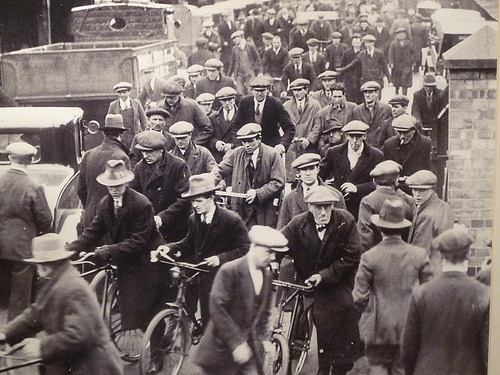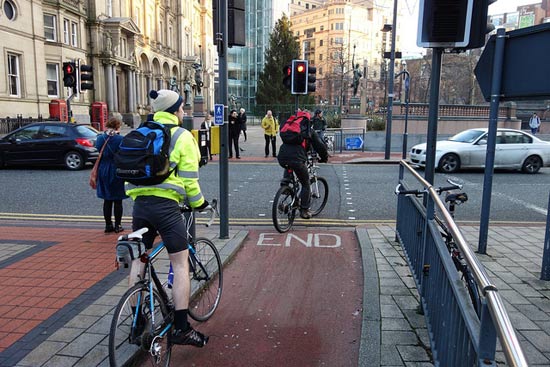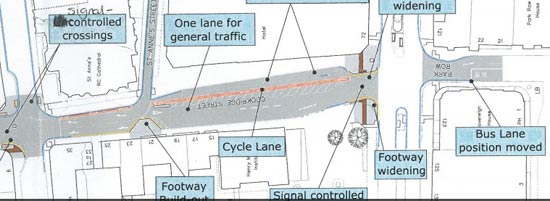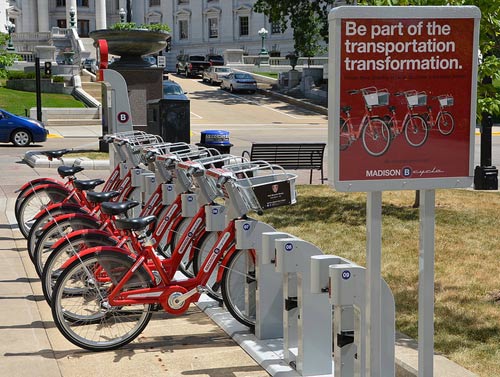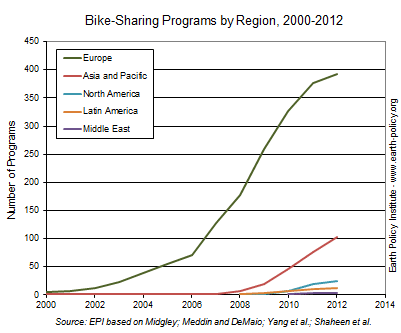I have been reliably informed that if there is any discussion of cycling on internet, it is inevitable that, some poster (or several) will bring the conversation around to the stock comment – that cyclists use the pavement and are a real nuisance. It can be about any topic related to transport, such as improving road safety, the dangers of using mobile phones. But, the fact that some cyclists use the pavement is used ad nauseam – as a sweeping statement to tarnish all cyclists and negate any sensible discussion. I’m sure that somewhere in the Bacchanalian depths of the Daily Mail comment section there is the logic that since some teenagers cycle aggressively on the pavement we should ban all cycling on the road.
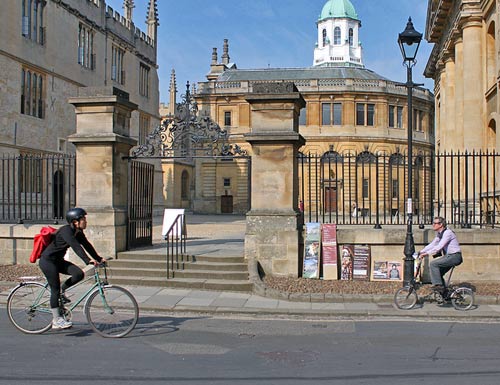
The law on pavement cycling
Firstly, it is against the law to cycle on the pavement, unless it is a shared footpath
It is illegal to cycle on the pavement, unless there is a sign indicating a shared use cycle path. Cycling on footways (a pavement by side of a carriageway) is prohibited by Section 72 of the Highway Act 1835, amended by Section 85(1) of the Local Government Act 1888.(Highway Code)
This includes children. Children are not allowed to cycle on the pavement. Though the police are generally advised to use their discretion and not prosecute in this instance.
Why do people cycle on the pavement?
- Safety. Many roads and junctions are dangerous to cycle on. Cycling on the pavement can be a way to make a journey safer for the cyclist and avoid dangerous roads / junctions.
- Ignorance of the law. A study by researchers at Lancaster University found many people (especially children) were not aware that cycling on the pavement is illegal.
- Laziness / impatience. Sometimes you see people cycling on the pavement because they want to get their quicker and are too impatient to wait at a light or they see the pavement as a short-cut. This motive may be mixed in with the first motive about safety. Also, you get the impression with some road users that they just don’t care if they inconvenience other people.
Problem of cycling on the pavement
- Cycling on the pavement is one of the most frequently raised local issues to the police. Many people really dislike having the pavement space threatened by fast moving cyclists. Even if there is no accident, old people can feel uncomfortable when a bicycle passes by at close speed.
- Accidents. Accidents can happen when fast moving cyclists collide with pedestrians. In rare cases it can be fatal or lead to serious injury. Very roughly, on average one pedestrian is killed by a cyclist per year.
- It creates ill feeling towards other cyclists. When a drunk driver kills a pedestrian because he is speeding and loses control, we don’t go around hating other drivers. But, it does happen with cycling on pavements and it is a problem because it exacerbates tension between different road users and makes non-cyclists less sympathetic to any cyclists.
Sense of Perspective
In terms of fatalities and serious injuries, it seems that the threat posed by cyclists is exaggerated. Pedestrian and motorists are quick to complain about nuisance cyclists, but it is motor vehicles which are responsible for the vast majority of serious accidents. In 2011, there were 480 pedestrian fatalities. (cycle stats) These were not caused by cyclists on the pavement. It’s not just cyclists which invade pedestrian areas, but also parked cars and cars which lose control.


